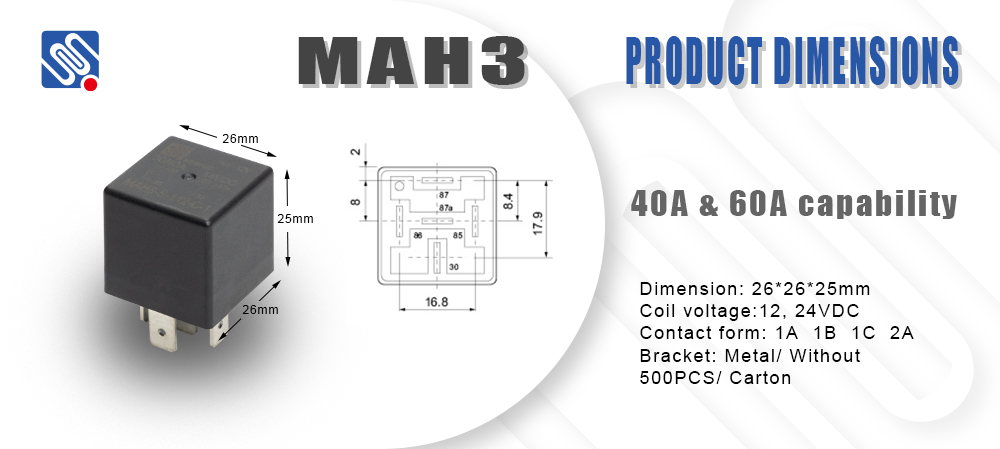Relay troubleshooting is an essential skill for anyone working with electrical systems, whether in industrial settings, automotive applications, or home automation. A relay is an electromagnetic switch that allows a low-power signal to control a high-power circuit. While relays are generally reliable, they can experience malfunctions that disrupt the operation of an entire system. This article will guide you through common troubleshooting steps to help you identify and resolve issues with relays efficiently.

1. Understanding the Basics of Relays Before diving into troubleshooting, it’s important to understand how a relay functions. A relay consists of an electromagnet (the coil), a set of contacts, and a spring mechanism. When the coil is energized, it creates a magnetic field that pulls the contacts together, completing the circuit. When the coil is de-energized, the contacts return to their original position, opening the circuit. Relays are used to control high-current devices like motors or lights, triggered by a low-current control signal. 2. Common Relay Issues There are several common issues that can affect the operation of a relay. Some of the most frequently encountered problems include: